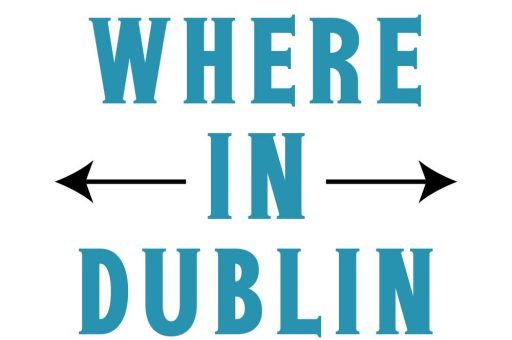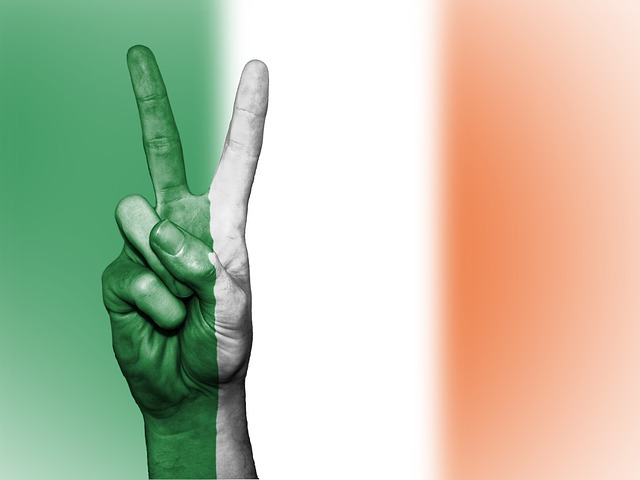When talking about Northern Ireland and the UK, it’s easy to get confused. Many assume they are the same, or that Northern Ireland is just another part of the UK, but the reality is a bit more nuanced. Let’s break it down and explore the differences, the connections, and the everyday impact of these distinctions.
What Is the United Kingdom?
The United Kingdom (UK) is a country made up of four nations: England, Scotland, Wales, and Northern Ireland. Each of these nations has its own unique culture, history, and identity, but they share a government system and international representation.
Key Facts About the UK
Full Name: United Kingdom of Great Britain and Northern Ireland.
Population: Around 67 million people.
Government: Parliamentary democracy with a constitutional monarchy.
Currency: British Pound Sterling (£).
Language: English is the main language, with Welsh and Scottish Gaelic recognized in their respective regions.
From my own personal experience, many people living outside the UK struggle to differentiate between England and the UK. England is only one part of the UK, but it often gets used interchangeably, which can be misleading.
What Is Northern Ireland?
Northern Ireland is one of the four nations that make up the UK, but its location, history, and politics make it stand out. Geographically, it occupies the northeastern part of the island of Ireland. Unlike the Republic of Ireland, which is an independent country, Northern Ireland remains part of the UK.
Key Facts About Northern Ireland
Capital: Belfast.
Population: About 1.9 million people.
Official Language: English, with Irish and Ulster Scots recognized.
Currency: British Pound Sterling (£).
Government: Devolved administration within the UK, meaning it has local control over certain areas like health and education but follows UK-wide laws for defense and foreign affairs.
One of the unique aspects of Northern Ireland is its shared identity. Some residents identify as British, some as Irish, and some as both. From my own personal experience visiting Belfast, this dual identity is visible in everyday life, from the flags on buildings to the mix of cultural events.
Historical Context: How Northern Ireland and the UK Became Linked
To understand the relationship, history is key. Northern Ireland’s connection to the UK goes back centuries, rooted in colonization, politics, and religion.
The Partition of Ireland
In 1921, the island of Ireland was partitioned. The south became the Irish Free State, now the Republic of Ireland, while six counties in the north remained part of the UK. This was mainly due to a Protestant majority in Northern Ireland wanting to stay under British governance, while the predominantly Catholic south sought independence.
The Troubles
From the late 1960s to 1998, Northern Ireland experienced a violent conflict known as The Troubles, a political and sectarian struggle. This period left a deep mark on Northern Irish society, shaping politics, culture, and even daily life. The Good Friday Agreement of 1998 helped bring peace, creating a power-sharing government and more autonomy within the UK.
From my own personal experience, even today, Belfast’s murals and memorials tell stories of the Troubles, showing how history continues to shape Northern Ireland’s identity within the UK.
Political Differences: Northern Ireland vs. Other UK Nations
While Northern Ireland is part of the UK, it enjoys a degree of devolved power, meaning it can make local decisions that don’t apply to the rest of the UK.
Devolved Government
Northern Ireland has its own assembly in Stormont, responsible for areas like:
Health and social care
Education
Infrastructure
Local policing
However, areas like defense, foreign affairs, and taxation are handled by the UK government in Westminster.
Brexit Impact
Northern Ireland’s relationship with the UK became even more complex after Brexit. Northern Ireland shares a land border with the Republic of Ireland, which remains in the EU. This created challenges for trade, travel, and customs, leading to the Northern Ireland Protocol, a unique arrangement ensuring an open border while keeping Northern Ireland in line with certain EU rules.
From my own personal experience reading about this, many residents find the situation confusing. The protocol has sparked debates about identity, sovereignty, and practicality, highlighting how Northern Ireland’s position is different from the rest of the UK.
Cultural Differences Between Northern Ireland and the UK
Northern Ireland has a rich cultural identity that blends Irish and British influences. Music, sports, festivals, and everyday traditions often show this mix.
Language and Communication
While English is dominant, Irish and Ulster Scots are recognized languages. Phrases, accents, and dialects vary from Belfast to Dublin to London, reflecting the diversity.
Sports
Sports play a huge role in identity. Many in Northern Ireland support Irish sports teams like in Gaelic football and hurling, while others focus on British sports like football (soccer), rugby, and cricket.
Festivals and Holidays
Northern Ireland celebrates UK-wide holidays like Christmas and Easter, but it also has unique celebrations such as Twelfth of July parades, reflecting Protestant heritage, and cultural events tied to Irish tradition.
From my own personal experience, attending a local festival in Belfast felt completely different from an English festival, even though both are technically part of the UK. The energy, music, and history create a distinct atmosphere.
Everyday Life Differences
Northern Ireland and other parts of the UK share similarities, but daily life has unique features:
Healthcare: Northern Ireland has its own health system under the NHS, which operates differently from England, Scotland, and Wales.
Education: Curriculum and school systems vary slightly, with Northern Ireland emphasizing both British and local history.
Politics: Local elections focus on issues specific to Northern Ireland, often influenced by historical divides.
Even small things like public holidays or transportation rules can differ from other UK nations. From my own personal experience traveling through Northern Ireland, the local bus and train systems feel smaller but more community-focused compared to London.
Northern Ireland Identity vs. British Identity
Identity in Northern Ireland is complex. Some feel strongly British, some strongly Irish, and many take pride in both. Political beliefs, religion, and personal history often shape this identity.
Symbols and Flags
Union Flag: Symbol of British identity.
Irish Tricolor: Symbol of Irish identity.
Local Symbols: Belfast City Hall, Giant’s Causeway, and local landmarks carry cultural pride without political ties.
Understanding these symbols helps outsiders avoid confusion and appreciate the depth of Northern Irish culture.
Tourism: Exploring Northern Ireland vs. Other UK Nations
Northern Ireland offers experiences different from England, Scotland, and Wales, making it a unique travel destination.
Key Attractions
Giant’s Causeway – Stunning natural rock formations along the coast.
Titanic Belfast – Museum dedicated to the Titanic, built in Belfast.
Carrick-a-Rede Rope Bridge – Thrilling coastal walk.
Belfast Murals and History Tours – Learn about the Troubles and local culture.
Compared to other UK nations, Northern Ireland feels smaller but more intimate, offering a mix of natural beauty and deep historical context. From my own personal experience, exploring the Causeway Coast was unlike any part of England or Scotland I had visited—the scale and ruggedness are unforgettable.
Economy: Northern Ireland vs. the UK
Northern Ireland’s economy is smaller compared to other UK regions but has its own strengths.
Industries: Manufacturing, agriculture, tourism, and technology.
Unemployment: Slightly higher than the UK average but improving with investment.
Trade: Brexit and the Northern Ireland Protocol have complicated trade, especially with the EU.
The rest of the UK, particularly England, dominates finance and international business, but Northern Ireland thrives on its niche industries.
The Takeaway
Northern Ireland is part of the UK, but it has a distinct identity, history, and culture. Understanding the difference between Northern Ireland and the UK isn’t just about geography, it’s about politics, history, and identity.
From my own personal experience, traveling and living in Northern Ireland taught me that appreciating these differences helps you understand the region’s unique role within the UK. People, culture, and everyday life here are subtly different, yet deeply connected to the broader UK.
Expanding the Discussion
There’s so much more to explore:
How Northern Irish politics influence UK-wide decisions.
Daily cultural nuances in rural vs. urban areas.
The ongoing debate about unification with the Republic of Ireland.
The impact of global events like Brexit on Northern Ireland specifically.
This post can expand into more detailed guides for travelers, cultural enthusiasts, and people interested in politics.


